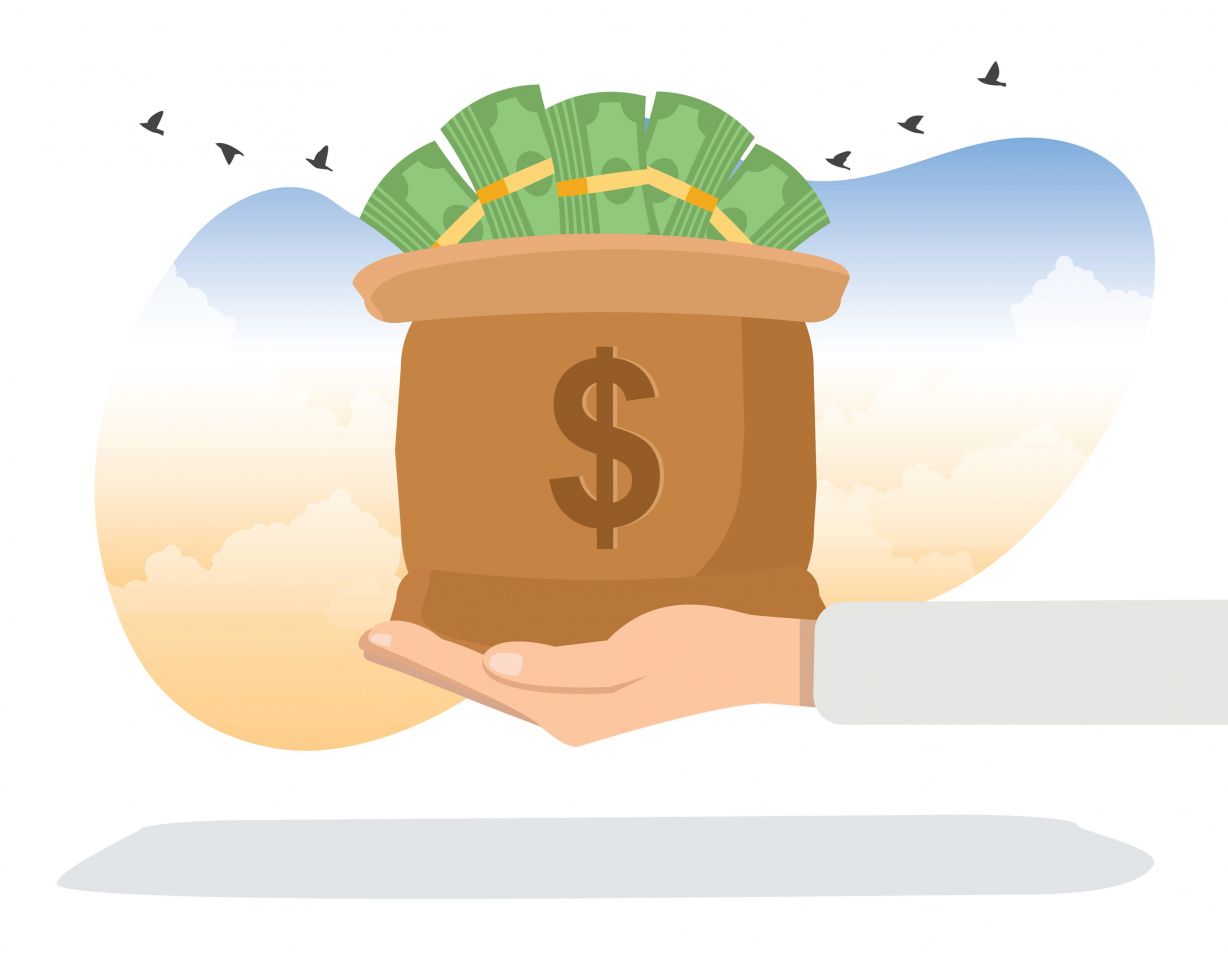What is representative money?

The concept of money has developed over time. A thousand years ago, money was based on gold or silver coins. Today, there are different types of money, including fiat and representative money.
To define representative money, we first need to look at what money really is. Money is a tool that we use as a medium of exchange to represent the transfer of value that can be used to buy goods and services.
Fiat money is physical money – both paper money and coins. Representative money, on the other hand, is a form of currency that represents the intent to pay. The most widely used representative money example is a basic cheque.
Apart from cheques, there are a few other types of representative money. These include credit cards, money orders and bank drafts. They can all be exchanged for the value listed on the instrument. In addition to these, representative money can also refer to government-produced money backed by a physical commodity such as precious metals.
Where have you heard of representative money?
The earliest forms of representative money trace back to the ancient empires of China, Egypt and India. There, the palaces and temples were often equipped with commodity warehouses that issued certificates of deposit as evidence of a claim upon a portion of the goods stored in the warehouses.
For many centuries the world followed the gold standard, where a person was able to exchange the money they held directly for gold. A country that followed the gold standard set a fixed price for gold, buying and selling gold at that price. That fixed price was used to determine the value of the currency.
For example, prior to 15 August 1971, the US dollar (USD) was backed by gold. This is to say that the physical notes that people used in exchange for goods and services represented an equal amount in gold. So in theory, individuals should have been able to exchange US dollars for their equal value in gold, i.e. a $50 note should be directly exchangeable for $50 worth of gold.
The gold standard started its decline when the world was hit by the Great Depression in 1929. The UK abandoned the gold standard in 1931, and the US made a major change in 1934, when the government transferred the ownership of all monetary gold in the US to the government at a price of $35 per ounce – a 75% increase on its previous value of $20 – effectively devaluing the dollar as a currency. The US abandoned the gold standard altogether in 1971.
While representative currency in the form of commodity-backed money has now largely been relegated to the pages of history, credit cards, money orders and bank drafts still exist today and most people will have had some contact with it in one way or another.
What do you need to know about representative money?
A cheque itself is not money. It simply represents a transfer of value that has still not occurred. It indicates that the person who provided you with the cheque will pay you the represented amount when it is presented to a financial institution capable of exchanging it for fiat money.
Both fiat and representative money are backed by something. Fiat money is backed by the government, while representative money can be backed by different assets or financial instruments. For example, a personal cheque is backed by the money in a bank account.